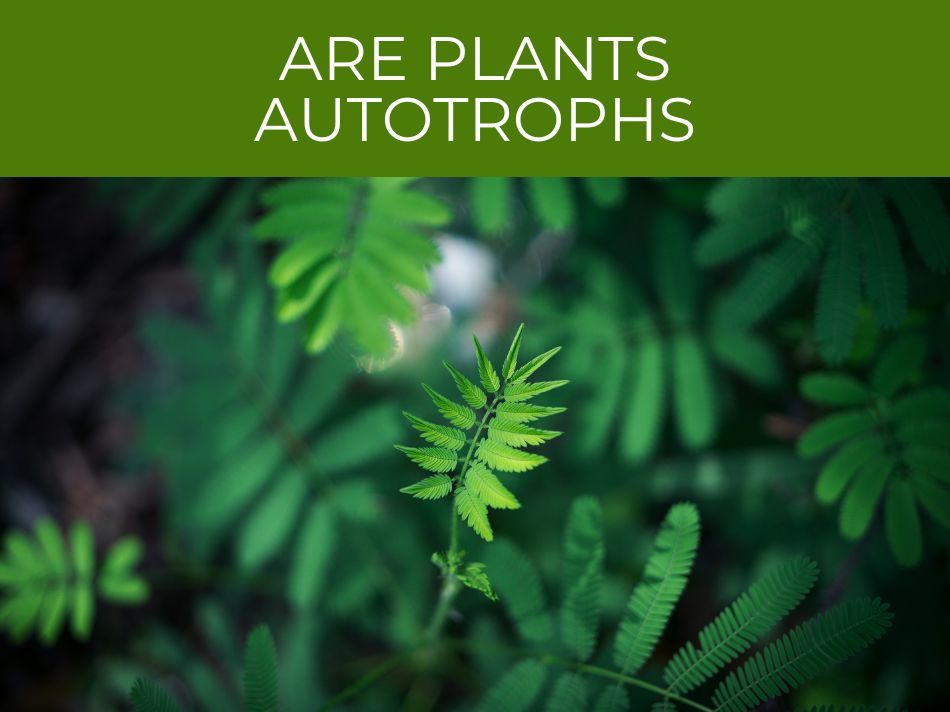The food chain is a depiction of which animals eat which animals in the ecosystem. There are three trophic levels in the food chain: first level, second level, and third level.
Plants are autotrophs, also known as primary producers, & form part of the first trophic level in the food chain. All food chains start with autotrophs. These organisms are able to produce their own food using water, light, carbon dioxide, & other inorganic substances.
Autotrophs create their own food and energy. These organisms are consumed by herbivores. Herbivores are animals that only eat plants and therefore, herbivores are listed at the second trophic level. Carnivores, animals that consume other animals, are listed at the third trophic level.
There are different types of autotrophs including plants, bacteria, algae, phytoplankton etc.
Check out this article on what plants eat.
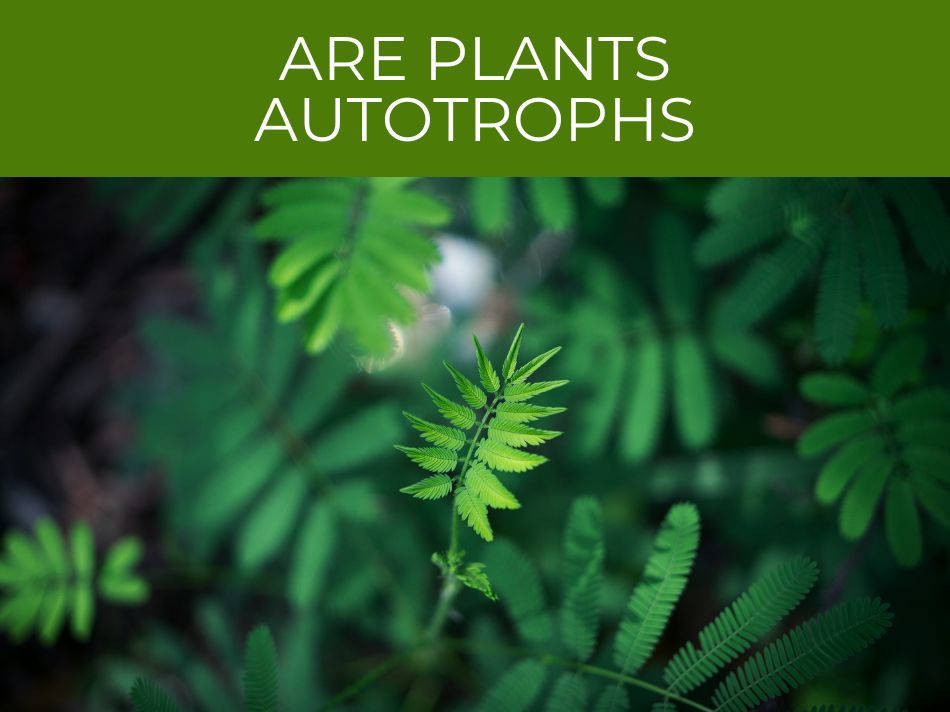
Are plants autotrophs
The food chain is a depiction of which animals eat which animals in the ecosystem.
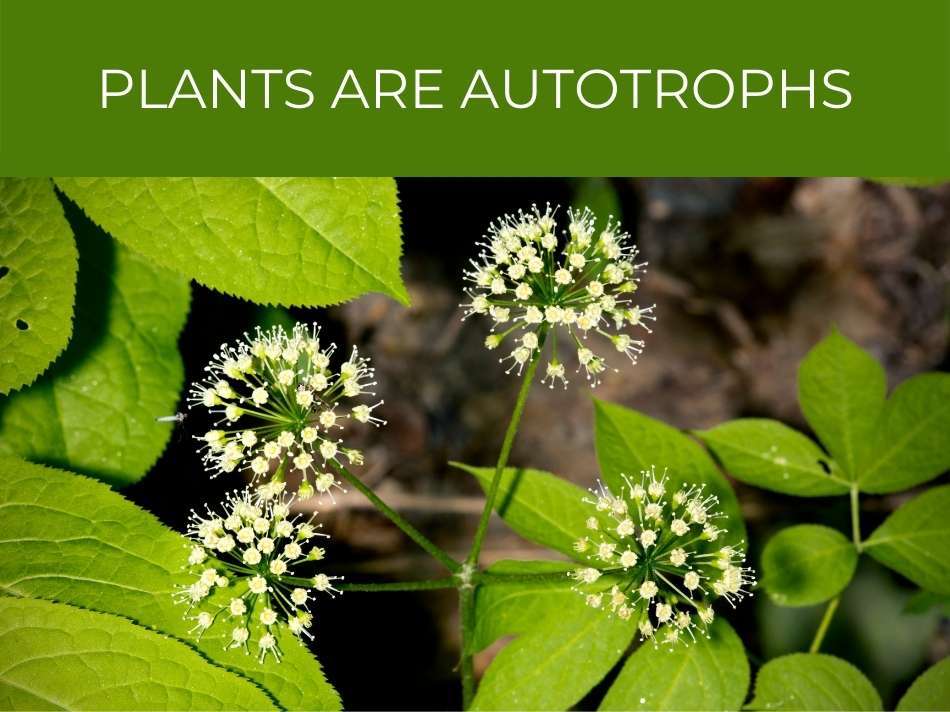
Plants are autotrophs. All plants, with green leaves, produce their own food through a process known as photosynthesis. Almost all autotrophs use photosynthesis to produce food for themselves.
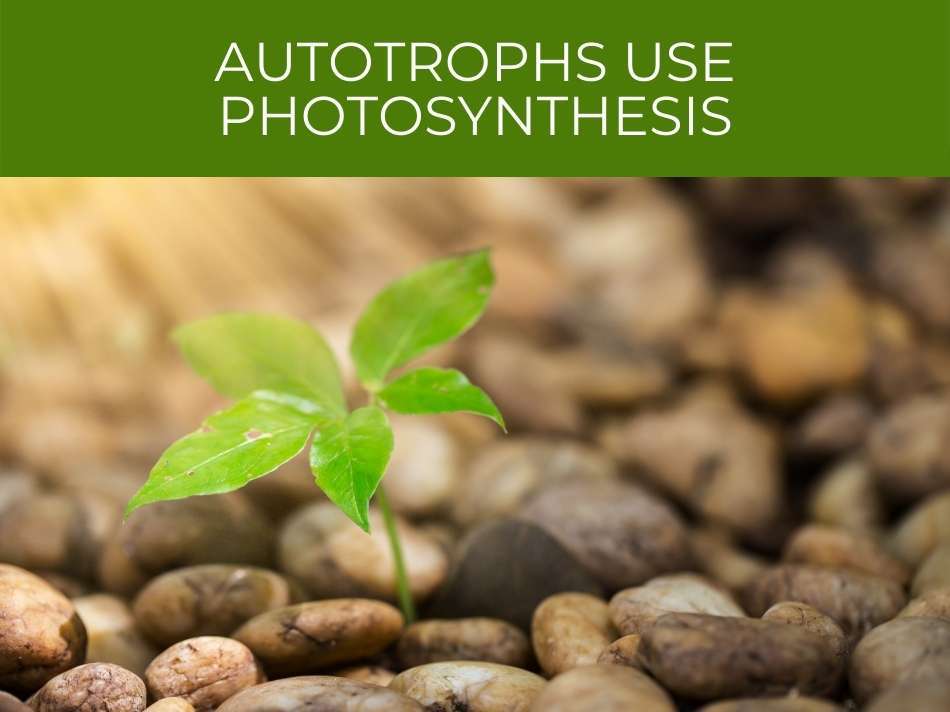
Another method of producing food, used by a more rare group of autotrophs, is known as chemosynthesis. Plants that photosynthesize or chemosynthesize are autotrophs.
There are many different kinds of autotrophs.
Food is produced using one of two methods, depending on the type of autotroph, including photosynthesis (light energy) or chemosynthesis (chemical energy).
These organisms form the very basis of the ecosystem and are responsible for fueling the next level of the three trophic levels in the ecosystem.
The question remains: are plants autotrophs? To answer this question, simply ask yourself if the organism consumes another organism, as a source of food, or if the organism is able to convert inorganic substances into food and energy?
Autotrophs use a process known as photosynthesis to turn sunlight, water, and carbon dioxide into simple sugars known as glucose.
The plant extracts its food and energy from this glucose. These plants are, technically, self-sufficient and only need sunlight in order to convert the other two substances into food.
In addition, the plant uses the glucose to build cellulose, which in turn builds and grows cell walls.
Any organism that is able to grow its own food source is known as an autotroph.
See what plants need in order to grow.
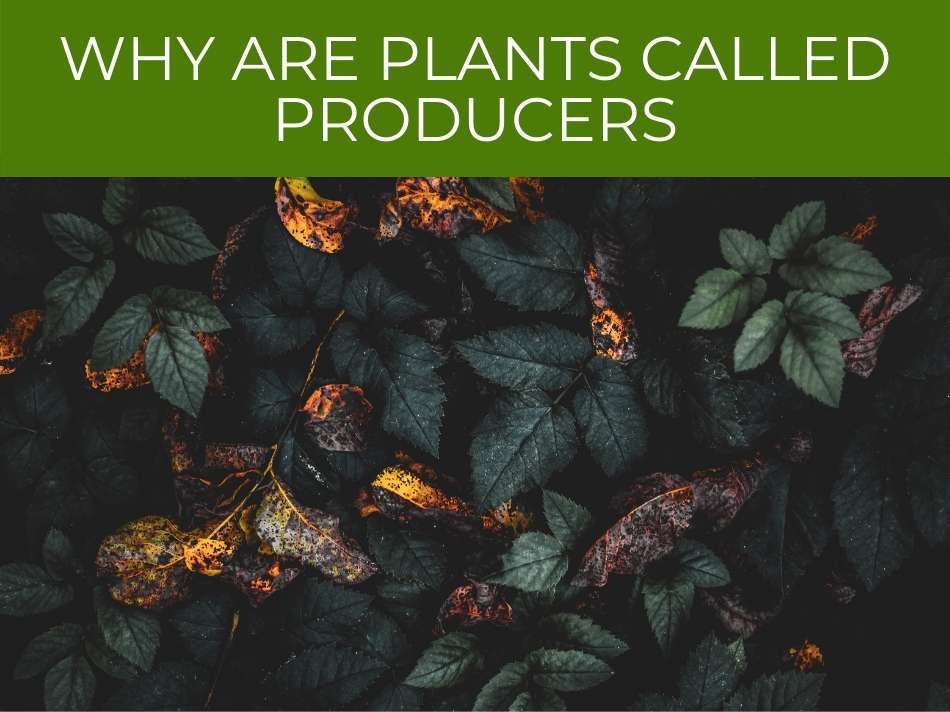
Why are plants called producers
The food chain is an integral and crucial part of the survival of the ecosystem.
All species and organisms are active in the food chain. This is a complex, hierarchical system that consists of producers, consumers, and decomposers.
Producers make their own food and sit at the first trophic level. Hervivors, omnivores, and carnivores are consumers and sit at the second trophic level.
And, lastly, decomposers, which sit at the third trophic level and include organisms such as rove beetles, predatory mites, etc.
Plants are producers because they can create their own food source & energy supply. Any organism that is able to convert simple inorganic substances such as light, water, carbon dioxide, etc. into nutritional organic substances, using sunlight, is known as a producer.
Any plant that incorporates photosynthesis to make its own food is also known as a producer.
Plants are actually the most familiar type of autotroph, but there are different kinds of autotrophs.
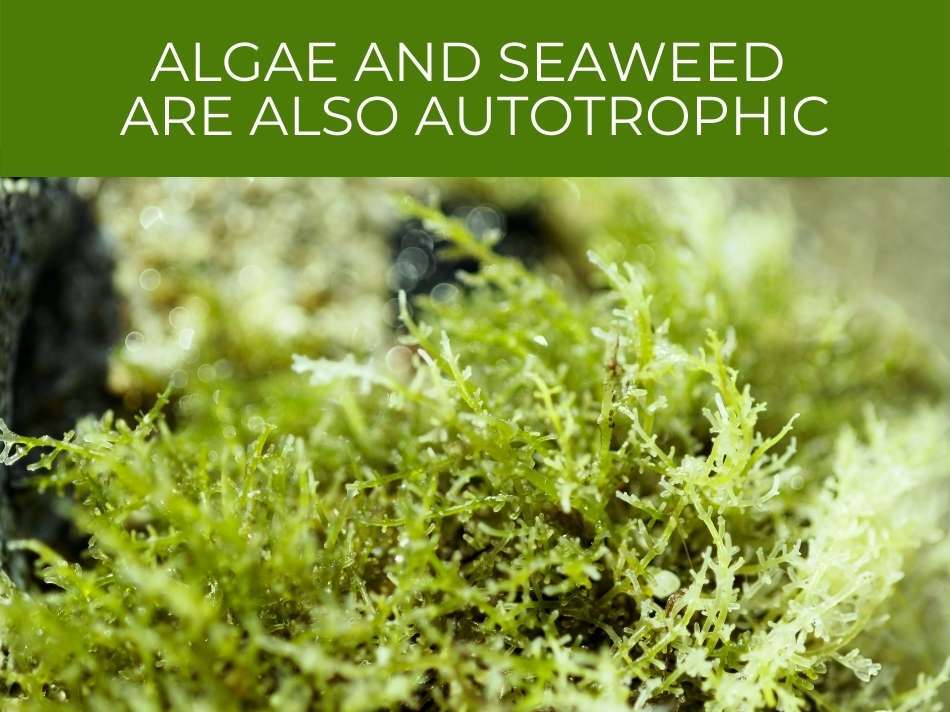
Algae and seaweed are also autotrophic as they too produce their own food using photosynthesis.
In addition, Phytoplankton, which are extremely tiny organisms that can be found in the ocean, are also autotrophic, and similar to algae and seaweed, produce their own food through photosynthesis.
Check out this great article on the inputs and outputs of photosynthesis.
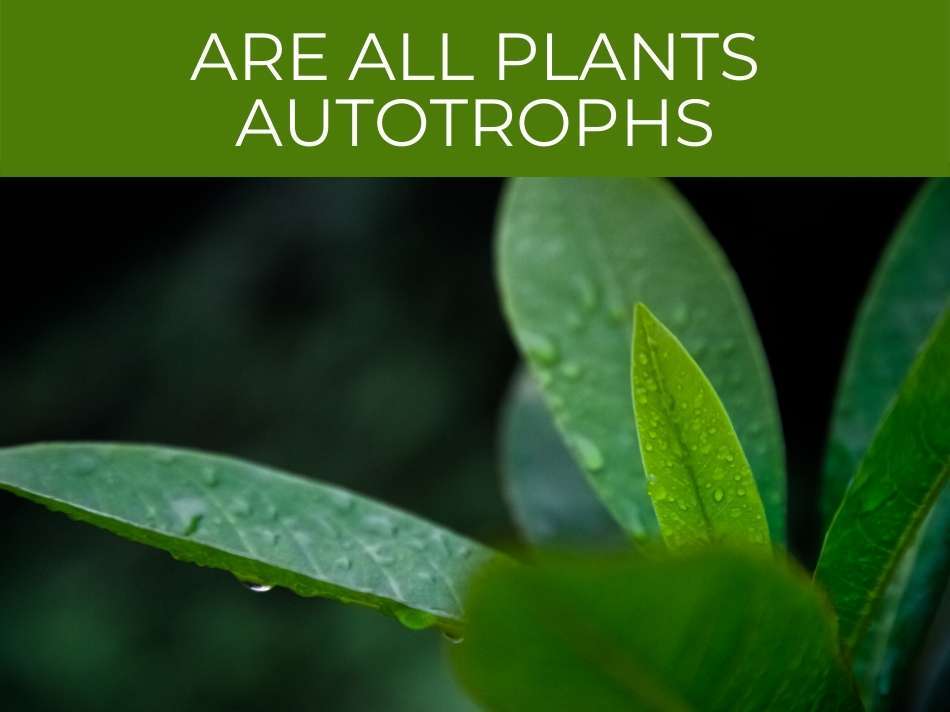
Are all plants autotrophs
If there are different kinds of autotrophs and the most common type of autotroph is a plant, then the next logical question to ask is: are all plants autotrophs?
If all plants are able to produce their own food through photosynthesis, then all plants are autotrophs.
However, not all plants are known as autotrophs because not all plants produce their own food.
Most–but not all–plants are autotrophs, since they use chlorophyll & photosynthesis to produce their own food (glucose). Plants that don’t contain chlorophyll are not autotrophs; these plants survive by living as parasites off of fungi found in the soil.
Many plants have evolved past autotroph to be able to source or make food using other methods such as acting as a parasite and feeding off of other plants.
There are many examples of non-photosynthetic plants
In addition, if plants need chlorophyll in order to photosynthesize, then that also means that all green plants are autotrophic.
Check out this article on the inputs of photosynthesis.
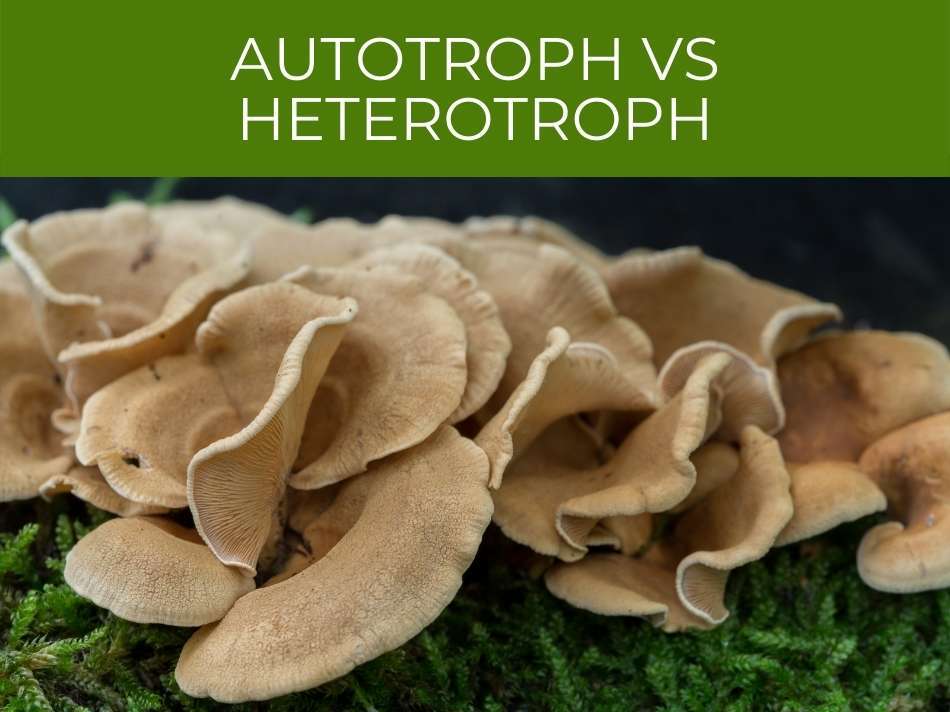
Autotroph vs heterotroph
In the food chain, certain organisms, such as plants, are self-sufficient and are able to produce their own food.
Organisms that are able to produce their own food are commonly known as primary producers, whereas organisms that rely on primary producers to supply them with food are known as secondary or tertiary producers.
In the plant species there are both primary as well as secondary producers, known as autotrophs and heterotrophs.
The primary difference between autotrophs & heterotrophs is that autotrophs use light & chemical reactions to produce food from substances found in its surroundings, such as water from the soil and carbon dioxide found in the air. Heterotrophs obtain their food from autotrophs.
Heterotrophs are plants, or other organisms, that feed off of autotrophs.
These organisms are unable to produce their own food due to an inability to photosynthesise.
Thus, the primary source of nutrition for heterotrophs comes from autographs.
See why leaves are important to a plant.
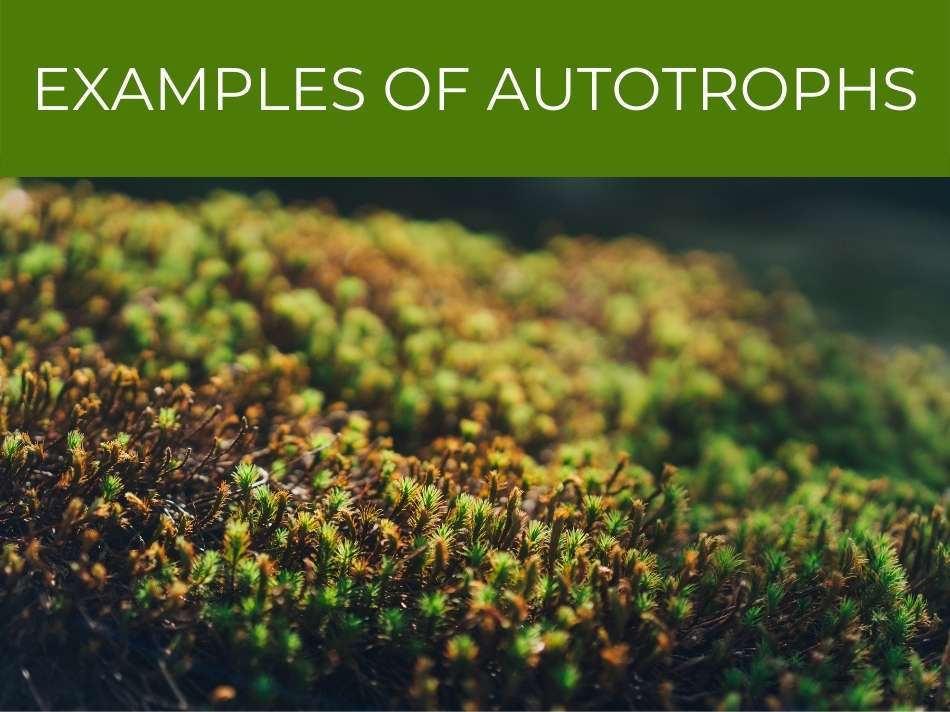
Examples of autotrophs
Plants are not the only type of autotroph.
There are various types of autotrophs, also known as primary producers, that offer nutrition to other plants and animals.
For each food chain cycle, there is an autotroph.
Some common examples of autotrophs include phytoplankton, some forms of bacteria, algae, and many of the plants found in the plant species. Also, algae, lichens, & plants are all able to photosynthesize & are autotrophs.
These organisms have a green pigment due to the high volumes of chlorophyll found within their cells.
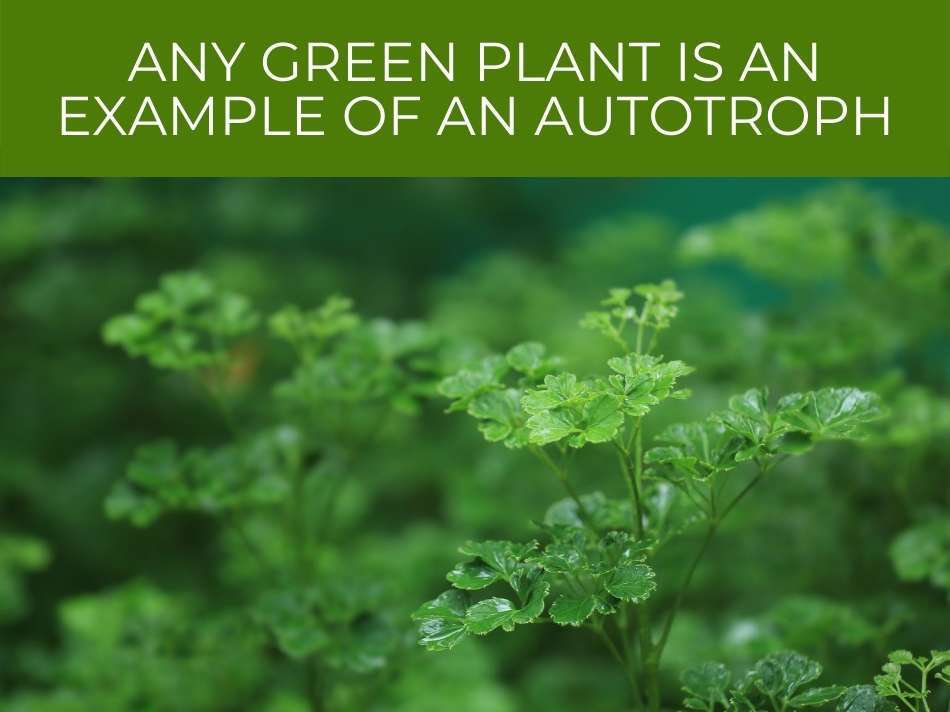
Any green plant is an example of an autotroph.
Other examples of autotrophs include Cyanobacteria, maize plants, seaweed, grass, algae, wheat, and phytoplankton.
Examples of bacteria that are autotrophs include green sulfur bacteria, purple non-sulphur bacteria, purple sulfur bacteria, heliobacteria, etc.
See where in the plant photosynthesis takes place.
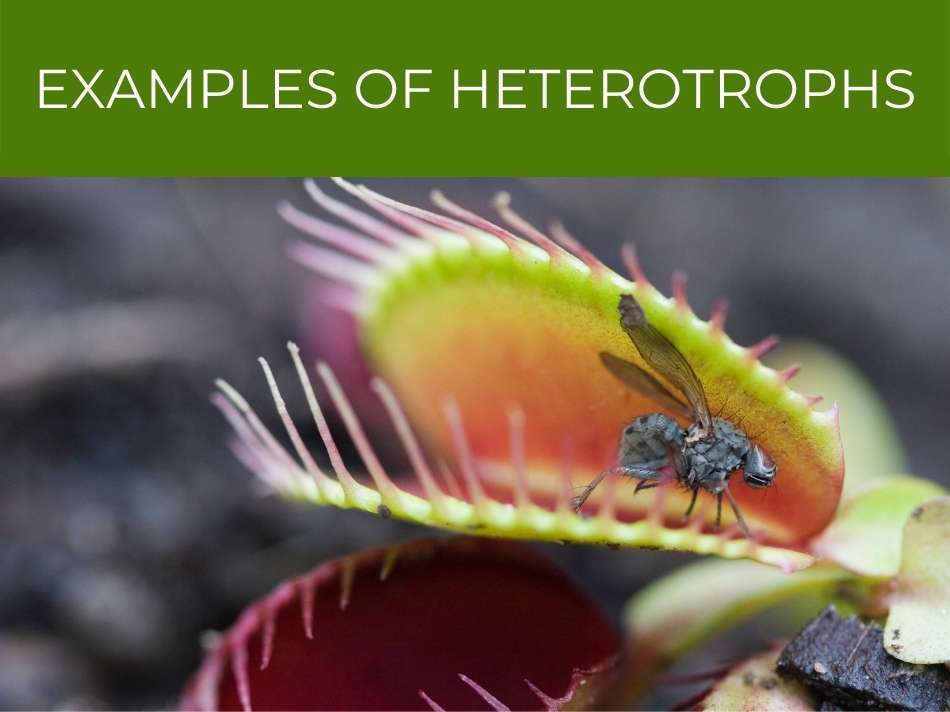
Examples of heterotrophs
Heterotrophs get their energy from eating other plants or animals.
In plant species, heterotrophs survive by acting as parasites feeding off fungi in the ground.
These plants have evolved due to their inability to photosynthesize and, in order to survive, gain their nutrition from autographs.
Examples of heterotroph, including dogs, humans, plants, fish, birds, etc. These are the secondary & tertiary producers in the food chain. Mistletoe is an example of a plant that is a heterotroph. Other examples include the Candlewood tree, Red Bartsia, and the Cuscuta.
The Venus Fly Trap is possibly the most famous heterotrophic plant known to man.
This plant was made famous in a 1980s American film known as, ‘The little shop of horrors’.

